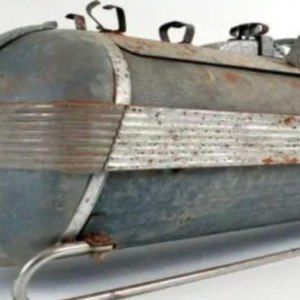In the 1800s, hygiene became increasingly important, leading to significant advancements in cleaning technology. While the vacuum cleaner we know today wasn’t yet invented, innovations during this time set the stage for the future of home cleaning.
Early vacuum cleaners, primarily made from metal, were bulky and inefficient by today’s standards. These manually operated devices relied on human effort to create suction, a far cry from the automated machines we now use.
One iconic example from the 1860s was the “Whirlwind,” invented by Ives W. McGaffey. It was a hand-cranked machine that used bellows for suction—a leap forward in cleaning, though still cumbersome compared to modern models.

As the Industrial Revolution spurred technological progress, new inventions were introduced, including early vacuum-like devices. While they were far from practical, they were crucial stepping stones in the journey toward the electric vacuum cleaner.
By the early 1900s, the introduction of electric motors revolutionized cleaning. In 1901, Hubert Cecil Booth created the first commercially successful electric vacuum cleaner, which would pave the way for the modern machines we rely on today.
It’s amazing to think about how far we’ve come, from clunky, metal devices to the sleek, efficient vacuums of today. Who knew that the history of vacuum cleaners could be so fascinating?

